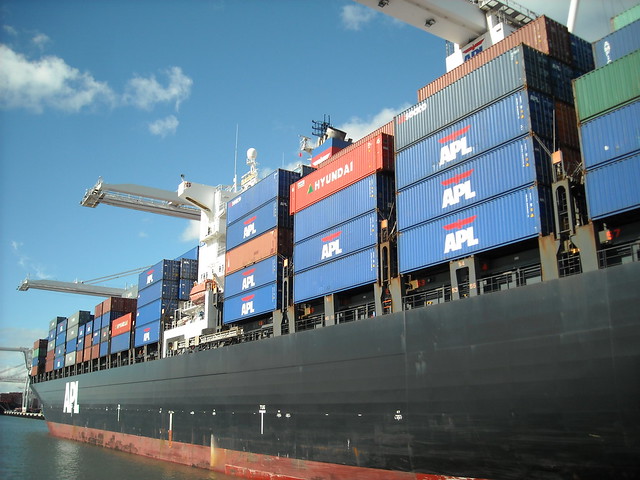Exploring Sustainable Shipping Practices
In recent years, the global conversation surrounding sustainability has reached a crescendo, and rightfully so. With climate change looming large and environmental degradation becoming more apparent, industries worldwide are reevaluating their practices to minimize their ecological footprint. One such industry that’s under scrutiny is shipping. The logistics of global trade are essential to our interconnected world, but they also come with significant environmental costs. However, there’s hope on the horizon as innovative solutions and sustainable practices are being explored and implemented within the shipping sector.
Understanding the Impact
Before delving into sustainable shipping practices, it’s crucial to comprehend the environmental impact of traditional shipping methods. The shipping industry, which transports approximately 90% of the world’s goods, heavily relies on fossil fuels, primarily heavy oil, to power its vessels. This reliance contributes significantly to carbon dioxide emissions, sulfur oxides, nitrogen oxides, and other pollutants that harm air and water quality, marine life, and ecosystems.
Moreover, the shipping industry’s carbon footprint is staggering, accounting for around 2-3% of global greenhouse gas emissions annually. This figure is projected to increase unless proactive measures are taken to curb emissions and adopt sustainable alternatives.
Embracing Sustainable Solutions
Thankfully, the shipping industry is not turning a blind eye to its environmental impact. Instead, it’s actively seeking sustainable solutions to navigate towards a greener future. One promising avenue is the adoption of alternative fuels. Biofuels, hydrogen, and liquefied natural gas (LNG) are gaining traction as cleaner alternatives to traditional bunker fuels. These fuels produce fewer emissions, helping to mitigate the industry’s carbon footprint.
Another area of innovation is in vessel design and propulsion systems. Engineers and naval architects are developing more energy-efficient ships equipped with advanced technologies such as hybrid engines, wind-assisted propulsion, and hull optimization techniques. These innovations not only reduce fuel consumption but also enhance overall operational efficiency.
Furthermore, the concept of slow steaming has gained popularity among shipping companies. By reducing vessel speed, fuel consumption decreases, resulting in lower emissions. While this approach may extend transit times slightly, the environmental benefits are significant.
Implementing Green Practices
Beyond technological advancements, sustainable shipping practices encompass a holistic approach that considers every aspect of maritime operations. From port management to cargo handling, there are numerous opportunities to minimize environmental impact.

Port authorities are investing in infrastructure upgrades to support shore power, enabling vessels to plug into clean energy sources while docked instead of relying on onboard generators. Additionally, initiatives such as cold ironing, which allows ships to shut down their engines and connect to land-based power grids, further reduce emissions during port stays.
Furthermore, optimizing routes and voyage planning can lead to significant fuel savings. By leveraging weather data, current patterns, and advanced routing algorithms, shipping companies can chart more fuel-efficient courses, thereby reducing greenhouse gas emissions and operating costs simultaneously. If you are interested in learning more about dangerous goods shipping, you may visit their page to learn more.
The Path Forward
While progress is being made in the realm of sustainable shipping, there’s still much work to be done. Collaboration among industry stakeholders, policymakers, and environmental advocates is crucial to drive systemic change. Governments play a vital role in incentivizing green initiatives through regulatory frameworks, tax incentives, and funding for research and development.
Consumers also wield power through their purchasing decisions. By supporting companies that prioritize sustainability and transparency in their supply chains, individuals can drive market demand for greener shipping practices.
In conclusion, exploring sustainable shipping practices is not just a matter of environmental responsibility; it’s a strategic imperative for the future of global trade. By embracing innovation, investing in green technologies, and fostering collaboration, the shipping industry can chart a course toward a more sustainable and prosperous future for generations to come.



